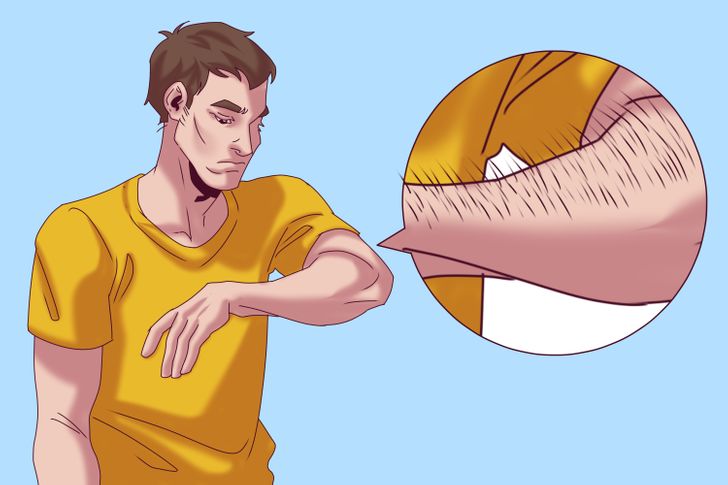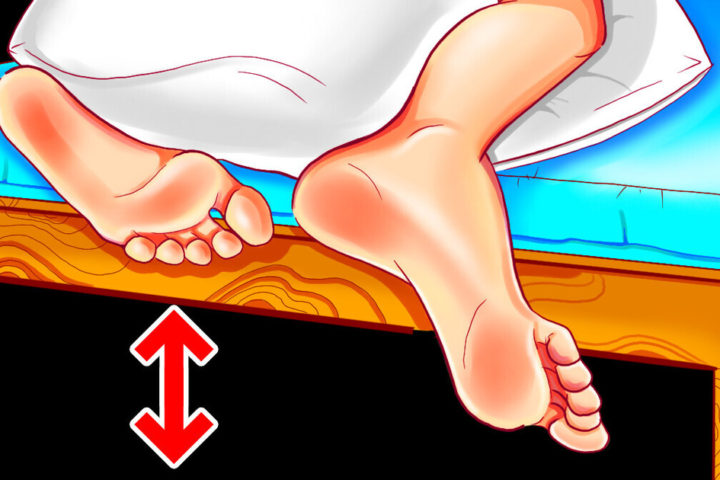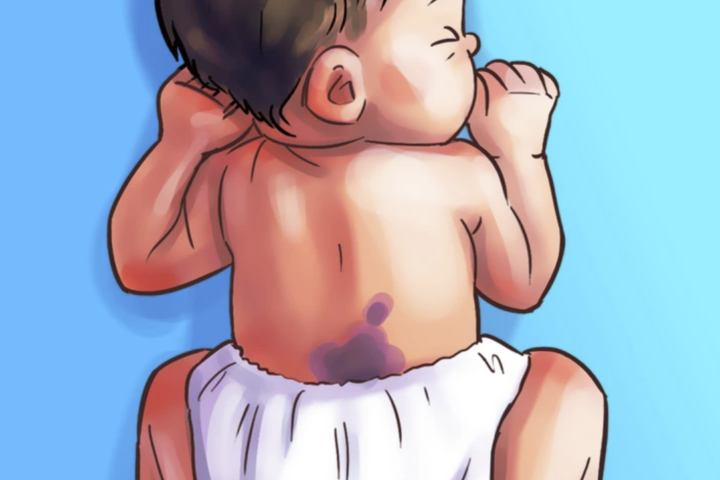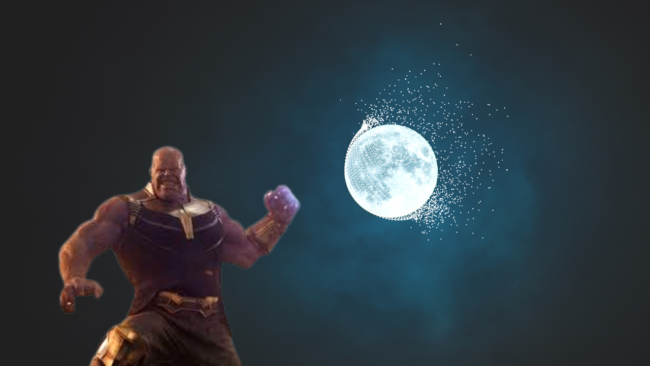Ever had those moments when you get goosebumps and wonder, “Why do you get goose bumps?” Well, buckle up because we’re diving into the quirky world of goosebumps—those mysterious little bumps that pop up when you’re chilly or emotionally charged. Ready for a fun ride? Let’s go!
What Are Goosebumps, Anyway?
Imagine your skin throwing a tiny, unplanned party. That’s essentially what goosebumps are—a spontaneous shindig of the arrector pili muscles, which are the tiniest muscles you didn’t know you had. These little guys attach to your hair follicles and when they contract, your hairs stand up straight, and voilà! Goosebumps appear. It’s like your skin’s way of saying, “Surprise!”
Why Do You Get Goose Bumps?
1. Meet the Arrector Pili Muscles
These muscles are the unsung heroes of your skin. They’re like the tiny bouncers at a party who decide to give your hair a little lift. When they contract, your hair follicles are pulled upright, and your skin gets those adorable bumps. Thanks to these muscles, your skin gets a mini makeover whenever it’s cold or you’re feeling emotional.
2. The Autonomic Nervous System—The Boss Behind the Scenes
Think of the autonomic nervous system (ANS) as the backstage crew of a theater production. It’s busy running the show without you even knowing. It controls all the stuff you don’t need to think about—like breathing, heartbeat, and yes, goosebumps. When the ANS gets a signal that it’s cold or you’re having a powerful emotional moment, it sends out the signal to the arrector pili muscles to get to work.
3. Evolution: The Original Party Planner
Way back in the day, our furrier ancestors had a good reason for those hair-raising goosebumps. When their hair stood up, it created an extra layer of insulation against the cold. It was like nature’s way of giving them a fluffy coat. For humans, though, we’ve traded in fur coats for stylish jackets, so the goosebumps now serve as a quirky reminder of our evolutionary past.
When Do Goosebumps Crash the Party?
1. When You’re Cold
Ever noticed goosebumps showing up when you step out into a chilly breeze? That’s your body’s way of trying to keep warm. By making your hair stand up (even though we have hardly any hair to stand up), your skin tries to trap a layer of air to insulate you. It’s like having a built-in space heater that’s not quite as effective as we’d like!
2. When You’re Feeling Feisty
Goosebumps aren’t just about temperature—they’ve got a whole emotional side too. When you’re scared, thrilled, or even deeply moved, your body gets a little electric shock of adrenaline. This adrenaline pumps up your arrector pili muscles, and suddenly, you’ve got goosebumps. It’s like your body’s way of reacting to the emotional rollercoaster you’re on.
- Fear Factor: When you’re faced with something scary, goosebumps are like your skin’s way of saying, “I’m ready to face this!” They’re part of your body’s fight-or-flight response, getting you primed to either fight off the danger or run away.
- Awe and Wonder: Ever felt a chill listening to an amazing piece of music or seeing a stunning view? That’s the awe factor at work, giving you goosebumps because your body is having a “Wow!” moment.
3. When You’ve Got the Chills
Sometimes, goosebumps just show up because your body is going through a phase where it’s trying to regulate its temperature, like when you’re feverish or shivering. The chills cause your body to respond with goosebumps, which might not make you feel any better, but they’re definitely part of the process!
Why Do Some People Get Goosebumps More Than Others?
So, you might be thinking, “Why do some people get goosebumps all the time, while others barely notice them?” Here’s the scoop:
1. Sensitivity Factor
Some people are just more sensitive to cold or emotional triggers. It’s like they have a built-in goosebump amplifier. If you’re one of those folks who gets goosebumps at the drop of a hat, you might have a heightened sensitivity to these stimuli.
2. Psychological Edge
If you’re the type who has intense emotional reactions, your goosebumps might be more frequent. Your body’s fight-or-flight response is on high alert, and your arrector pili muscles are getting a workout. So if you’re prone to dramatic reactions or have a vivid emotional life, your skin might just be showing it!
3. Cultural and Environmental Influence
Where you live and what you’re used to can also play a part. People in colder climates might experience goosebumps more often because they’re regularly exposed to chilly temperatures. On the flip side, those in warmer regions might see them less frequently. Your environment and cultural background can shape how often you get to experience those little skin bumps.
Can You Control Goosebumps?
The short answer: not really. Goosebumps are a reflex action, like sneezing or blinking—your body does it automatically. However, if you’re aware of what triggers them, you might be able to lessen their occurrence. For example, if you’re feeling a surge of emotion, focusing on calming thoughts or practicing relaxation techniques might help keep those bumps in check.
When to Hit the Panic Button
In most cases, goosebumps are just a quirky part of life. However, if you notice persistent or unusual skin changes, it might be worth checking in with a healthcare provider. Sometimes, frequent or unexplained goosebumps could indicate underlying health issues, so it’s always good to get a professional opinion if something feels off.
The Goosebumps Legacy
Goosebumps are like a little piece of our evolutionary history that’s still hanging out in the modern world. While we no longer need them to keep warm or intimidate predators, they’re a fascinating reminder of how our bodies have evolved. They show us that even in our high-tech world, we’re still connected to our ancient past in some pretty cool ways.
Bottom Line
Goosebumps might seem like a small, quirky feature of human anatomy, but they’re actually a window into our evolutionary history and the complex workings of our autonomic nervous system.
Whether you get them from the cold, emotional highs, or just the occasional chill, they’re a neat little reminder of how our bodies have evolved and how they continue to function in our everyday lives. So next time you get those tiny bumps, just remember: it’s your skin’s way of throwing a little surprise party for you!






